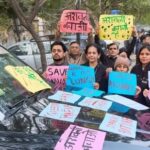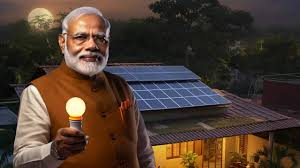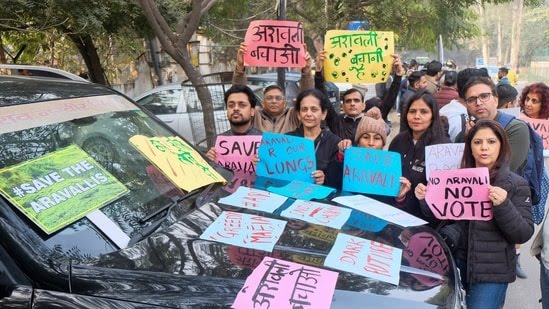Himalayan Harbinger, National Bureau.
In his recent election rally in Rudrapur, Uttarakhand, Prime Minister Narendra Modi unveiled a promising initiative – a nationwide scheme aimed at providing 24-hour electricity without any cost to consumers. However, amidst the backdrop of inflation and economic challenges, doubts arise about the scheme’s accessibility and viability for the marginalized sections of society.
The scheme, launched in February 2024, endeavors to install solar panels in approximately one crore households across the nation, emphasizing energy conservation and sustainability. With a staggering budget allocation of Rs 75,000 crore, the government plans to subsidize up to 40 percent of the cost of solar panels for eligible households.
Addressing the nation, Prime Minister Modi underscored the scheme’s focus on benefiting low and middle-income families, particularly those with a monthly income below Rs 2 lakh. “We aim to empower every household with access to clean and uninterrupted electricity, thereby enhancing their quality of life,” stated Prime Minister Modi.
However, the practical implications of the scheme raise pertinent questions regarding its feasibility, especially for economically disadvantaged households. One critical requirement stipulates that the annual income of eligible families should not exceed Rs 1.5 lakh, with no family member engaged in government employment or falling under the income tax bracket.
Moreover, concerns loom over the affordability of the scheme for those struggling to make ends meet. While the subsidy aims to alleviate financial burdens, the upfront cost of Rs 47,000 for a two-kilowatt solar rooftop system poses a significant hurdle for impoverished households.
Critics highlight the absence of provisions for loans or financial assistance, exacerbating the financial strain on vulnerable communities. “The scheme’s eligibility criteria and financial constraints present substantial barriers for marginalized families, rendering the promise of free electricity elusive,” remarked social activist, Ananya Sharma.
Furthermore, logistical challenges emerge for families lacking permanent housing or residing in makeshift shelters. The feasibility of installing solar panels on tin roofs remains questionable, amplifying concerns about inclusivity and accessibility.
Amidst these uncertainties, private sector initiatives offering discounts on solar installations further complicate the scheme’s effectiveness. The absence of a concrete strategy to address these obstacles raises skepticism about the scheme’s ability to reach its intended beneficiaries.
In essence, while the government’s initiative to provide free electricity holds promise, its implementation and accessibility to marginalized communities remain subjects of scrutiny. As the nation grapples with economic realities, the efficacy of such schemes hinges on comprehensive support mechanisms and inclusive policies.








